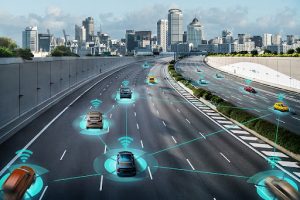 Training has been an early application of virtual reality (VR) in government. In fact, in a recent survey, 50% of public safety professionals report using virtual reality as a training mode in their organizations. Today, the use of the technology is extending far beyond training and into operations. VR is increasing in use across the federal government as a new way to conduct medical treatment and even warfighting. Continue reading
Training has been an early application of virtual reality (VR) in government. In fact, in a recent survey, 50% of public safety professionals report using virtual reality as a training mode in their organizations. Today, the use of the technology is extending far beyond training and into operations. VR is increasing in use across the federal government as a new way to conduct medical treatment and even warfighting. Continue reading



 The Department of Health and Human Services (HHS) has been in the spotlight like never before with their critical role in managing the pandemic. While there is a lot of work still to be done on that front, other critical efforts are taking place across HHS agencies that will have an incredible impact on the health and well-being of citizens.
The Department of Health and Human Services (HHS) has been in the spotlight like never before with their critical role in managing the pandemic. While there is a lot of work still to be done on that front, other critical efforts are taking place across HHS agencies that will have an incredible impact on the health and well-being of citizens. Blockchain
Blockchain The sci-fi genre is riddled with plots where machines take over the world with disturbing results for humans. In reality, we are seeing machines become a partner rather than an adversary as smart IoT machines are being used by humans to supplement tasks.
The sci-fi genre is riddled with plots where machines take over the world with disturbing results for humans. In reality, we are seeing machines become a partner rather than an adversary as smart IoT machines are being used by humans to supplement tasks. The results of the 13th FITARA scorecard, a program
The results of the 13th FITARA scorecard, a program 
